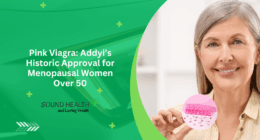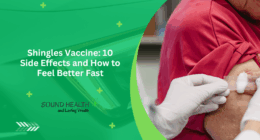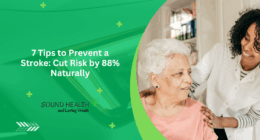Strokes happen when the blood supply to a person’s brain is blocked, which in turn stops oxygen from reaching brain tissue. The sooner a person receives treatment for a stroke, the less damage is likely to happen.
There is a certain period of the day, where people are more likely to have a stroke, according to a study.
Urgent treatment is essential if someone is having a stroke and 999 should be called.
According to a study published by the American Heart Association in Stroke, a person is nearly 80 percent more likely to have a stroke between 6 am and 12 pm than later in the day.
Researchers said this is an example of “circadian variation”, as there are differences in risk that vary based on a person’s 24-hour cycle of the circadian rhythm.
READ MORE: Intermittent fasting ‘doesn’t help you lose weight quicker’, experts claim
For the study, the team conducted a meta-analysis of 31 publications with primary data from 11,816 stroke patients.
The researchers stated: “There was a 49 percent increase in a stroke of all types between 6 am and noon, which is a 79 percent increase over the normalized risk of the other 18 hours of the day.
“There were 29 percent fewer strokes between midnight and 6 am, a 35 percent decrease compared with the other 18 hours of the day.”
They added that all three types of strokes “had a significantly higher risk” during this time period.
DON’T MISS: Homemade masks DO work – if they’re cotton and three or more layers
The researchers concluded that this data supports the presence of a circadian pattern in the onset of stroke, with a significantly higher risk in the morning.
Approximately one of every eight strokes is attributable to the “morning excess”.
The “morning excess” is even more significant for the transient ischemic attack, a common type.
The researchers found a 35 percent decrease in strokes occurring between midnight and 6 am compared with the remainder of the day.
There are a number of symptoms that people should be alert to, as they could indicate a stroke.
These include facial weakness, arm weakness, and speech problems.
Other symptoms include sudden weakness or numbness on one side of the body, including legs, hands or feet, as well as a sudden, severe headache.
Certain lifestyles can have an impact on a person’s risk of having a stroke.
These include smoking, drinking too much alcohol, being overweight, and eating unhealthy foods.
As people age, their arteries become harder and narrower, making them more likely to become blocked.
Although your risk of having a stroke is higher if you have already had a stroke, you can reduce your risk of another stroke, according to the Stroke Association.
A person can ask their GP about the help and support available.
Post source Daily Express











Comments are closed.